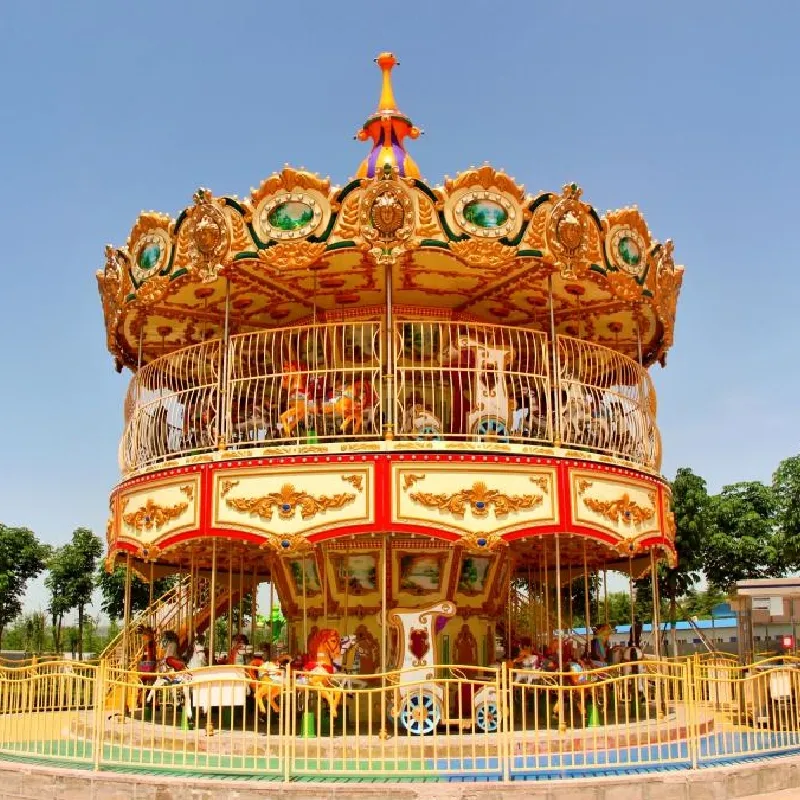- Albanian
- Arabic
- Belarusian
- Bengali
- Czech
- English
- French
- German
- Hebrew
- Hungarian
- Indonesian
- irish
- Italian
- Japanese
- kazakh
- Persian
- Russian
- Thai
- Uzbek
- Vietnamese
Exciting and Thrilling Roller Coasters for Ultimate Fun Experience
The Thrill of Fun Roller Coasters
Roller coasters have been a staple of amusement parks for over a century, captivating thrill-seekers with their adrenaline-pumping drops, twists, and turns. These mechanical marvels bring joy and excitement to millions of people around the world. The combination of speed, height, and unexpected movements creates a unique experience that keeps riders coming back for more. In this article, we’ll explore the evolution of roller coasters, their different types, and what makes them such an exhilarating attraction.
A Brief History
The origins of roller coasters can be traced back to the early 17th century when the Russians constructed ice slides. These slides were essentially wooden ramps with ice, allowing riders to slide down at high speeds. The first true roller coasters as we know them began to appear in the United States in the 19th century, with the opening of the first-ever gravity railroad in 1884 at Coney Island, New York. This ride, called the Switchback Railway, featured a series of hills and offered a thrilling experience for riders on wooden trains.
Since then, roller coasters have evolved significantly. The introduction of steel coasters in the 1970s brought about smoother rides and the ability to create more complex designs. Today’s roller coasters are engineering marvels, featuring looping track layouts, multiple inversions, and cutting-edge technologies such as computer-aided design and advanced safety systems.
Types of Roller Coasters
Roller coasters can be broadly classified into several categories, each offering a unique experience. Here are some popular types
1. Wooden Coasters Known for their classic feel, wooden coasters provide a bumpy ride with a vintage atmosphere. They are often characterized by their high hills and sharp turns. While they may lack some of the smoothness of their steel counterparts, wooden coasters exude nostalgia and offer a rustic charm.
2. Steel Coasters These coasters utilize steel tracks, allowing for more elaborate designs with loops and corkscrews. Steel coasters are typically smoother and faster than wooden ones, boasting thrilling elements such as vertical drops and twists. They offer a variety of experiences, from intense speed to graceful inversions.
fun roller coasters

3. Inverted Coasters In these coasters, riders sit facing downward with their legs dangling. The design allows for several loops and corkscrews, creating an exhilarating sensation as riders experience the thrill of flipping upside down. The sensation of soaring through the air is amplified by the absence of a protective over-the-shoulder restraint.
4. Launch Coasters Unlike traditional coasters that rely on a lift hill, launch coasters propel riders from a complete stop to high speeds almost instantly. This sudden acceleration provides an intense rush and has become increasingly popular in recent years.
5. Flying Coasters In a unique design, flying coasters allow riders to experience the sensation of flight. Passengers lie face down as they traverse the track, making it feel as if they are soaring through the air. This thrilling experience can simulate the feeling of gliding through the sky.
The Thrill Factor
What makes roller coasters so thrilling? The answer lies in the mix of fear and exhilaration. When riders climb the lift hill, anticipation builds, and as the coaster crests the peak, adrenaline pulses through their veins. The sudden plunge and rapid acceleration trigger the fight-or-flight response, causing a rush of adrenaline that enhances the overall experience. The sense of weightlessness during drops and inversions, along with the wind rushing past, creates a concoction of sensations that few other experiences can match.
For many, riding roller coasters is not just about the individual thrill; it's a social experience. Friends and families bond over shared screams, laughter, and the exhilaration of overcoming fear together. This collective experience adds to the fun and makes roller coasters a favorite attraction in amusement parks.
Conclusion
Roller coasters have become synonymous with fun and adventure, encapsulating the spirit of thrill-seeking. From their humble beginnings to the sophisticated designs of today, these rides continue to evolve while drawing people of all ages to experience the rush of excitement. Whether you prefer the nostalgic charm of wooden coasters, the smooth thrills of steel, or the heart-pounding launches of modern designs, there’s no doubt that roller coasters will remain a cornerstone of amusement parks and a beloved part of our culture for years to come. So next time you find yourself at a theme park, don’t hesitate to join the ranks of thrill-seekers—hop on a roller coaster and embrace the fun!
-
Flume Ride-Hebei Zhipao Amusement Equipment Manufacturing Co., Ltd.|Thrilling Water Attraction&Customizable DesignJul.30,2025
-
Flume Ride - Hebei Zhipao Amusement Equipment | Water Coaster, Thrilling DescentJul.30,2025
-
Flume Ride - Hebei Zhipao | Thrilling Water AttractionJul.30,2025
-
Flume Ride: Thrilling Water Attraction by Hebei Zhipao|Log Flume Manufacturers&Flume Ride DesignJul.30,2025
-
Flume Ride-Hebei Zhipao Amusement Equipment Manufacturing Co., Ltd.|Thrilling Water Coaster, Safe DesignJul.30,2025
-
Flume Ride-Hebei Zhipao Amusement Equipment Manufacturing Co., Ltd.|Thrilling Water Attraction, Safe DesignJul.30,2025
